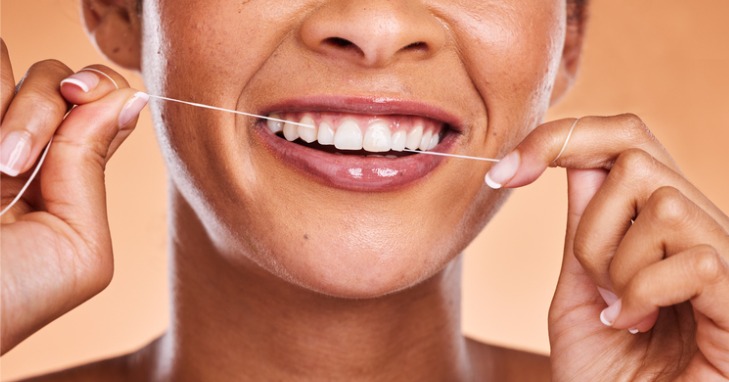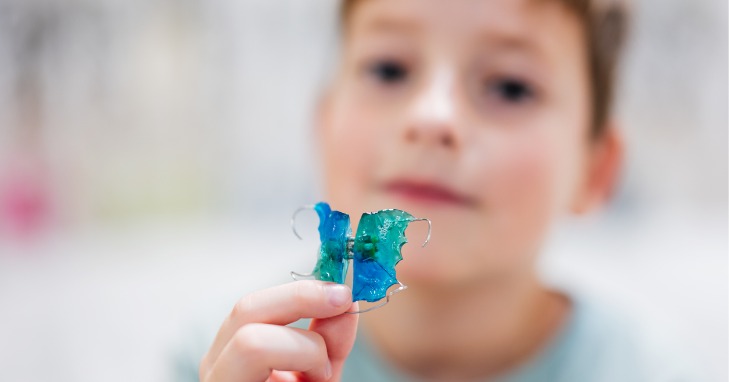Orthodontic treatment may indeed last a lifetime. But to ensure a new smile lasts decades, looking after your teeth is essential. Finishing braces or Invisalign treatment is not the end of the treatment road. While the hard part may be over, a little ongoing effort is required to keep your shining smile.
Why Retainers Are Needed After Braces
Unfortunately, teeth have a good memory. Even teeth that have been in their new position with braces for years tend to shift back to their old place. This is most likely to occur soon after the removal of braces, so to start, the teeth must be held in place with a retainer in the weeks and months after braces or Invisalign. Nevertheless, this care shouldn’t stop years after treatment has ended as teeth can shift due to age changes in the jaws and sometimes to worsening of gum and general health. Some people experience more movement than others. It’s common for people who had braces 30 years ago to have crooked teeth today because they didn’t use a retainer for long enough. The importance of post-dental-treatment care to keep the teeth in position wasn’t as well understood as now.
It is important to highlight that keeping your gums healthy is critical to ensure that you enjoy the benefits of earlier treatment. Regular dental maintenance with your general dentist is also essential to ensure that our gums and overall health are well maintained.
Retainers After Braces or Invisalign
Just as orthodontic treatment comes in various forms, so do retainers.
Fixed Wire Retainer
Many patients choose a fixed wire retainer sitting at the back of their teeth. Some people don’t trust themselves to keep wearing their removable retainer and/or don’t want the hassle of taking a removable retainer in and out and storing it.
A fixed wire retainer provides peace of mind that their teeth won’t shift unless they have a dentist remove the fixed retainer. Having a fixed wire means there is no packing a retainer if they’re going on holiday or spending the night at a friend’s house.
There are a few downsides to a fixed wire retainer compared to a removable one. A fixed wire retainer requires a little more time and attention when brushing and flossing the back of the teeth. Teeth must be flossed below the wire to prevent gum disease and cavities. The part of the teeth above the wire also needs flossing and a trip to the dentist is required if the wire or bond breaks. Like braces, a fixed wire can take time to get used to, but the tongue soon realizes there is a wire where it usually sits. However, most patients believe any downsides of a fixed wire retainer are worth not worrying about removable retainers.

Clear Retainers
Clear retainers worn on the top and bottom of teeth start full-time after braces removal, but the amount of time these need to be worn soon reduces to nightly. If you forget a night and the retainer feels tight, you may need to increase the number of hours you wear the retainer to help shift teeth slightly back into position. Leaving the retainers off too long may mean your teeth have moved too much, and the retainer no longer fits, making it difficult to regain some lost tooth movement. If this happens, make an appointment with your orthodontist as soon as possible to assess your teeth and provide a solution.
Clear aligners are made of thin plastic, so they need to be handled with care. Never use hot water to clean them, as they can bend out of shape. Using toothpaste on clear aligners is abrasive and can leave scratches on the acrylic. Remove the aligners when eating and drinking anything besides tap water, and clean your teeth before putting them back in because food between teeth can get trapped, causing bacteria and possible stains in the aligners.
Clear aligners may not be the best option for someone with the habit of storing them in random places and having a hard time creating a routine to use them daily.

Hawley Retainer
A Hawley retainer is made of acrylic and metal, like a removable wire retainer. The wire in the Hawley retainer makes it more durable than a clear retainer, so it won’t be worn down from teeth grinding and is less likely to break when out of the mouth and storage case. The retainer must be removed for eating, drinking, and teeth brushing.
Like the clear aligners, a Hawley retainer needs a little maintenance to keep it clean. Use a soft toothbrush and running water to clean all the nooks and crannies of the retainer twice daily. While the Hawley is more durable than clear retainers, it’s still not recommended to use toothpaste.

How Long to Wear a Retainer?
Most orthodontists will tell their patients that if they want to guarantee a lasting smile, they need an ongoing retainer. Don’t skip your full-time retainer in the weeks after braces come off, you’ll be doing yourself a favor while teeth settle into their new normal. With monitoring, your orthodontist will recommend a reduction in the number of hours the retainer is needed on a daily/weekly basis. Some patients will be a little different from others in the length of time they need to wear a retainer, so follow your orthodontist’s advice.
Broken Retainers
One of the most common reasons for teeth shifting after treatment is due to a problem with their retainer. If you lose or break a retainer, call your orthodontist without delay to get a new one. The longer the retainer is left off the teeth, the greater the chance that teeth shift and the stunning smile may be lost.
Whenever you visit your dentist or orthodontist for a check-up, take your retainers with you. A loose or faulty retainer can be ineffective at holding teeth in place and may need replacing. If you have any concerns about the condition of your retainer, make an appointment as soon as possible rather than wait for your next check-up.
If you have any queries about the retainers, find an orthodontist near you!
Source: https://www.theorthodontists.com.au/blog/retainers-after-invisalign-ensuring-a-lasting-smile

